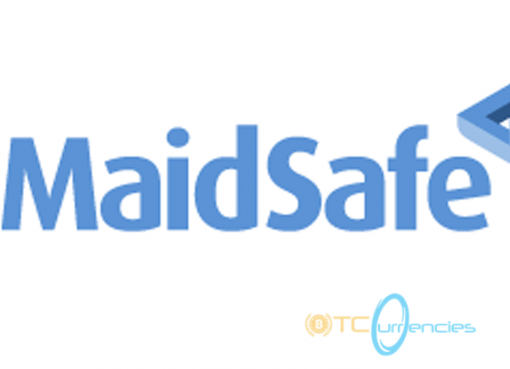In a dramatic turn of events in the cryptocurrency market, Bitcoin has witnessed a significant rebound, breaking the $30,000 barrier for the first time since the unsettling dip last year. This surge comes on the heels of new regulatory frameworks being introduced by U.S. lawmakers, aimed at integrating digital currencies more substantially into the financial system. This development has revitalized investor confidence and underscored a broader acceptance of cryptocurrencies.
Thursday saw Bitcoin escalating to $31,500, marking a notable recovery and sparking a wave of positivity across the crypto spectrum. Ethereum, Ripple, and other major cryptocurrencies followed suit, each posting gains that outpaced market expectations. The rebound appears tied closely to the announcement from Washington, where a bipartisan group of senators introduced a comprehensive bill seeking to establish a clearer regulatory path for digital assets.
Titled “The Digital Asset Market Structure and Investor Protection Act,” the proposed legislation aims to categorize digital assets and provide a solid groundwork for regulators like the Securities and Exchange Commission (SEC) and the Commodity Futures Trading Commission (CFTC) to oversee the market more effectively. According to market analysts, this move could signal the end of the ‘Wild West’ era of cryptocurrency, steering it towards a more mature and stabilized financial environment.
The bill addresses several critical areas:
1. Classification of Digital Assets: It seeks to define which cryptocurrencies are considered securities versus commodities.
2. Regulatory Clarity: It proposes that the CFTC be the primary regulator for cryptocurrencies considered commodities.
3. Consumer Protections: Enhanced measures are outlined to safeguard consumers from fraud and other risks associated with crypto investments.
Cryptocurrency enthusiasts and investors have long sought clarity and direction from regulators, arguing that uncertainty has stifled innovation and growth within the sector. “This legislative development is a pivotal step forward for the crypto community,” mentioned Elena Higgs, a cryptocurrency analyst at Digital Finance Group. “It not only provides a safety net for investors but also legitimizes our operations and frameworks on a broader scale.”
The market response was overwhelmingly positive, with the global cryptocurrency market cap seeing an uplift exceeding 10% within 72 hours post-announcement. Trading platforms and crypto exchanges reported higher than average volumes, indicating a renewed interest in crypto trading activities.
Moreover, the legislative move has also stirred discussions beyond U.S. borders, with international market leaders and foreign regulators keeping a close eye on the developments. Many are considering similar frameworks to ensure that the global market for digital assets remains competitive and secure. “Regulatory harmony is essential, and the U.S. stepping forward could encourage other nations to follow suit, thereby fostering a healthy global digital economy,” stated Higgs.
In addition to regulatory developments, technological advancements in the blockchain sector are said to be contributing to the bullish sentiment around cryptocurrencies. Innovations in scalability and security are making digital assets more accessible and attractive to both institutional and retail investors.
Despite the current market excitement, some experts caution investors about potential volatility and the need for diligent research before diving into crypto investments. “The market is prone to fluctuations, and while legislative progress provides some level of security, it’s not devoid of risks,” warned Thomas Greene, a financial advisor specializing in digital assets.
The next steps for the proposed bill involve detailed discussions and revisions before it can be passed into law. The broader financial community, along with the crypto sector, will be watching closely, hopeful that this regulatory clarity will continue to propel the market forward, making digital assets a staple in diversified investment portfolios.
As the situation develops, all eyes will be on how these changes impact the broader acceptance and integration of cryptocurrencies into the mainstream financial landscape. The current upswing in the market is a clear indication of the optimism swirling around potential regulatory clarity and the maturity of the crypto market.




